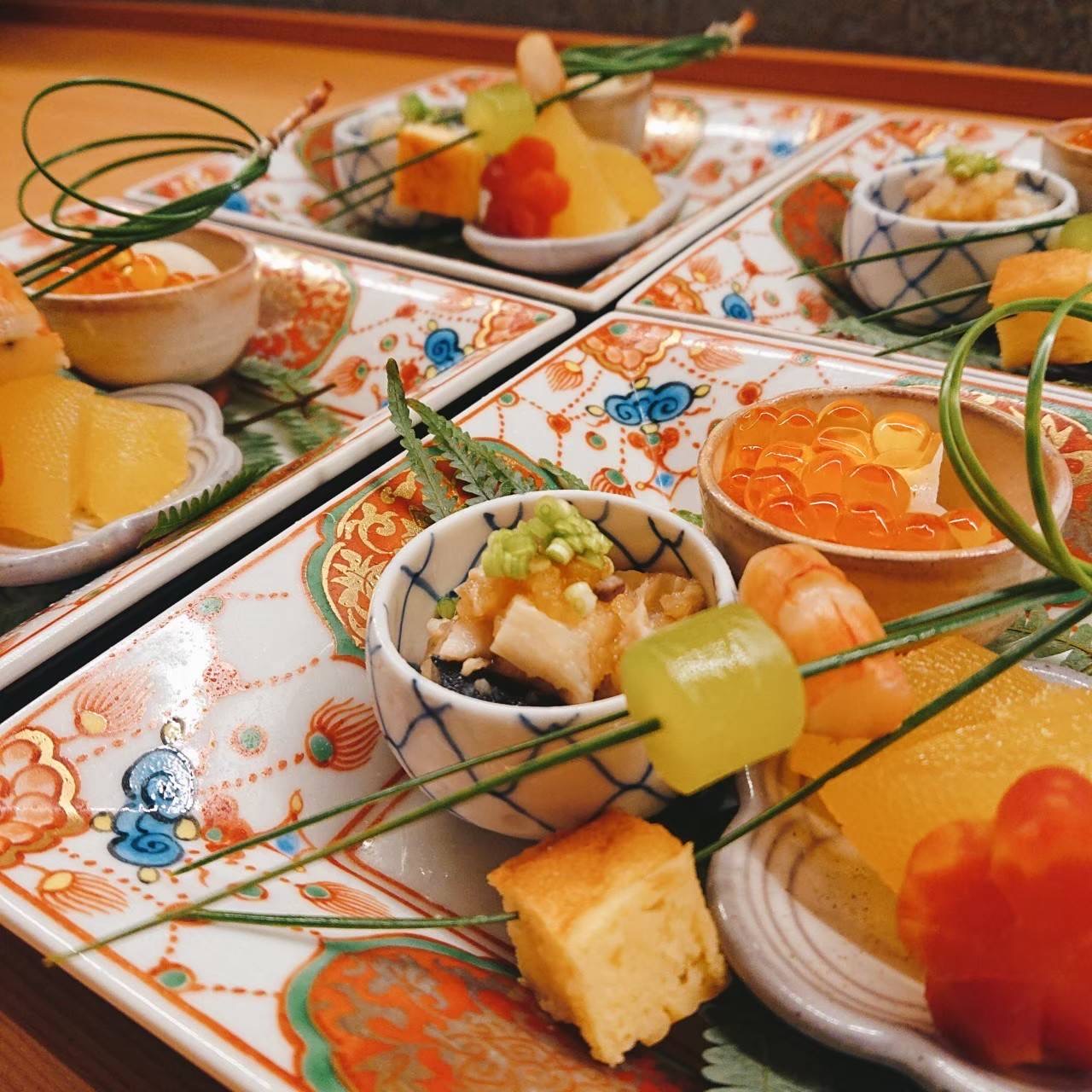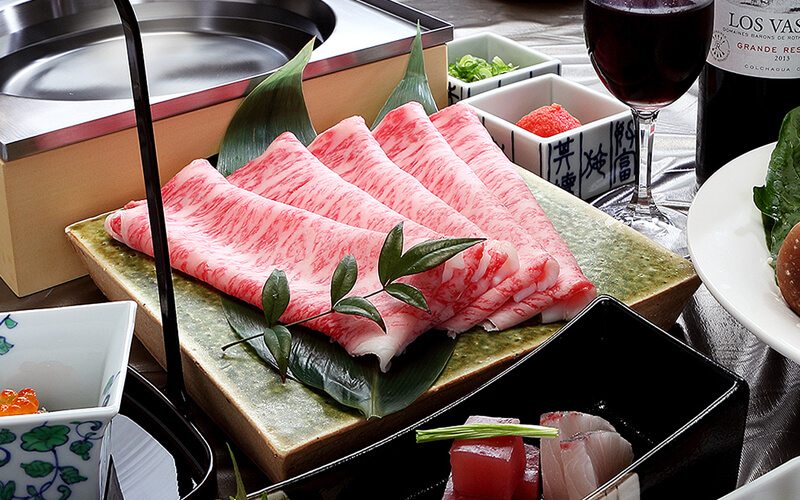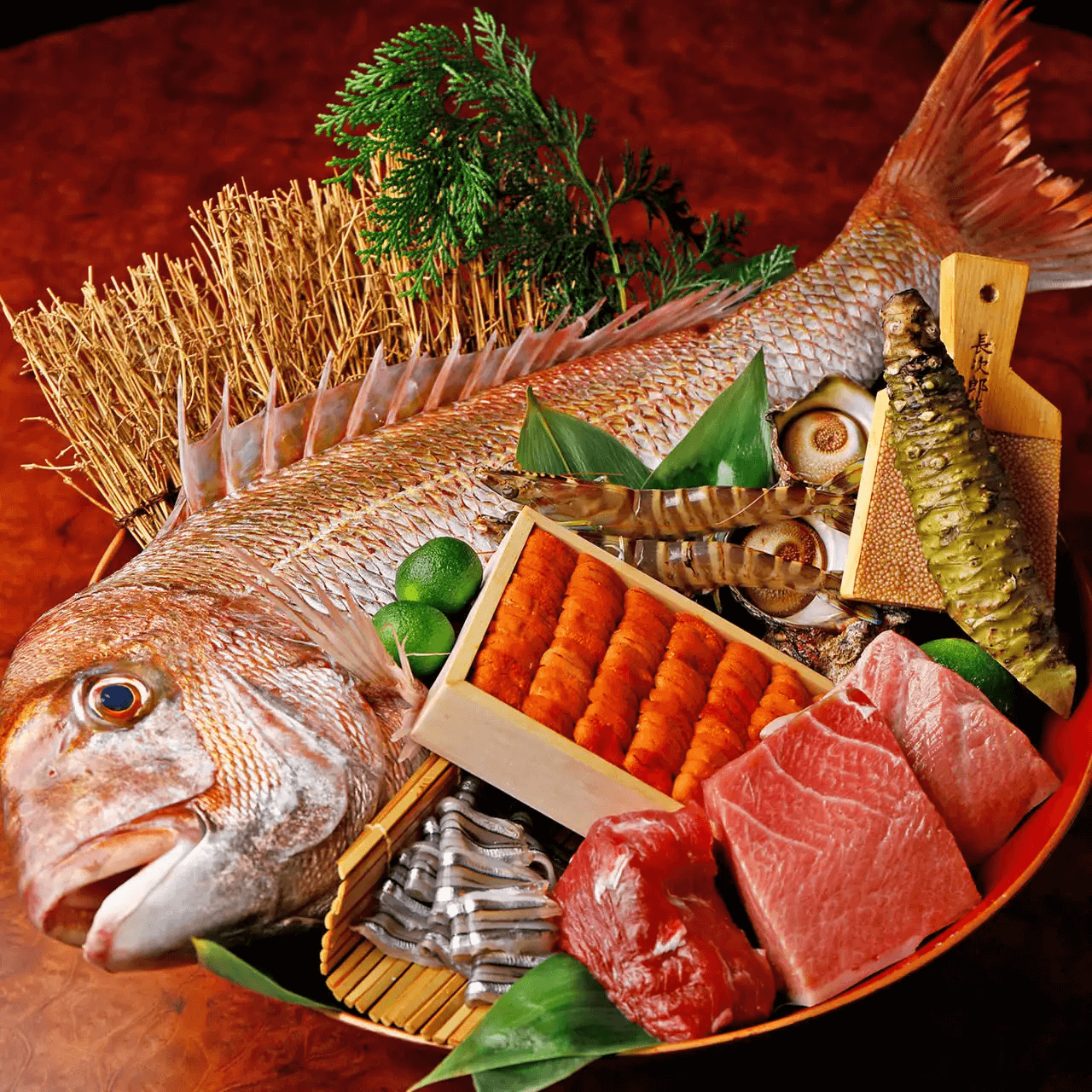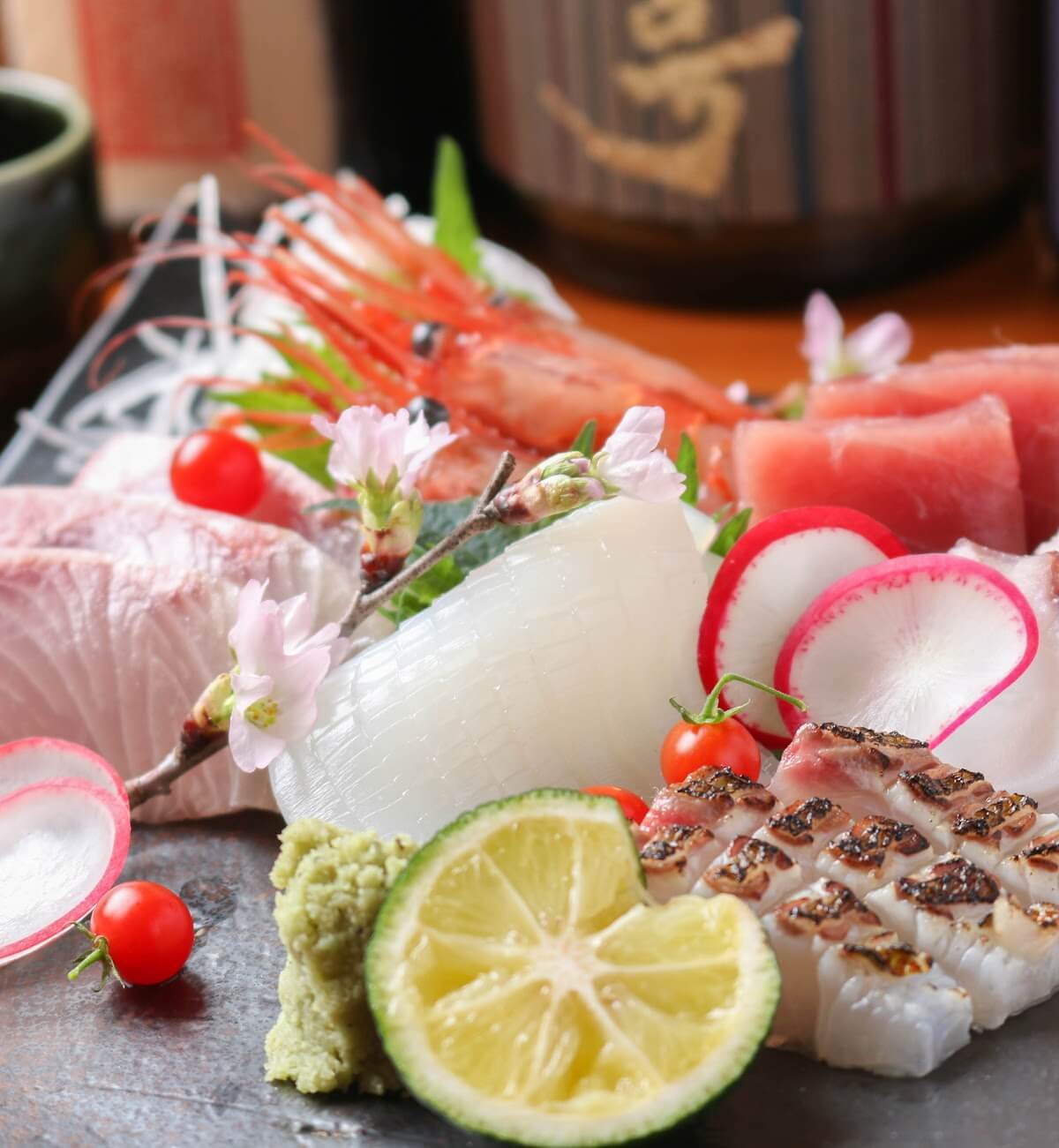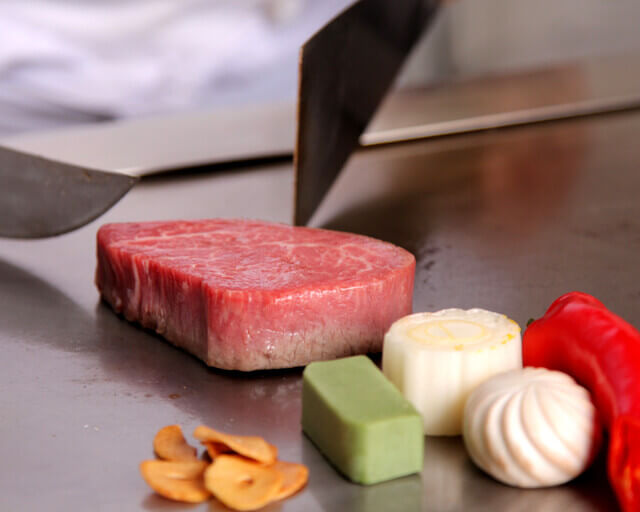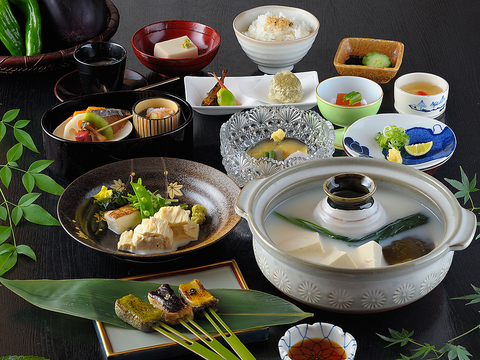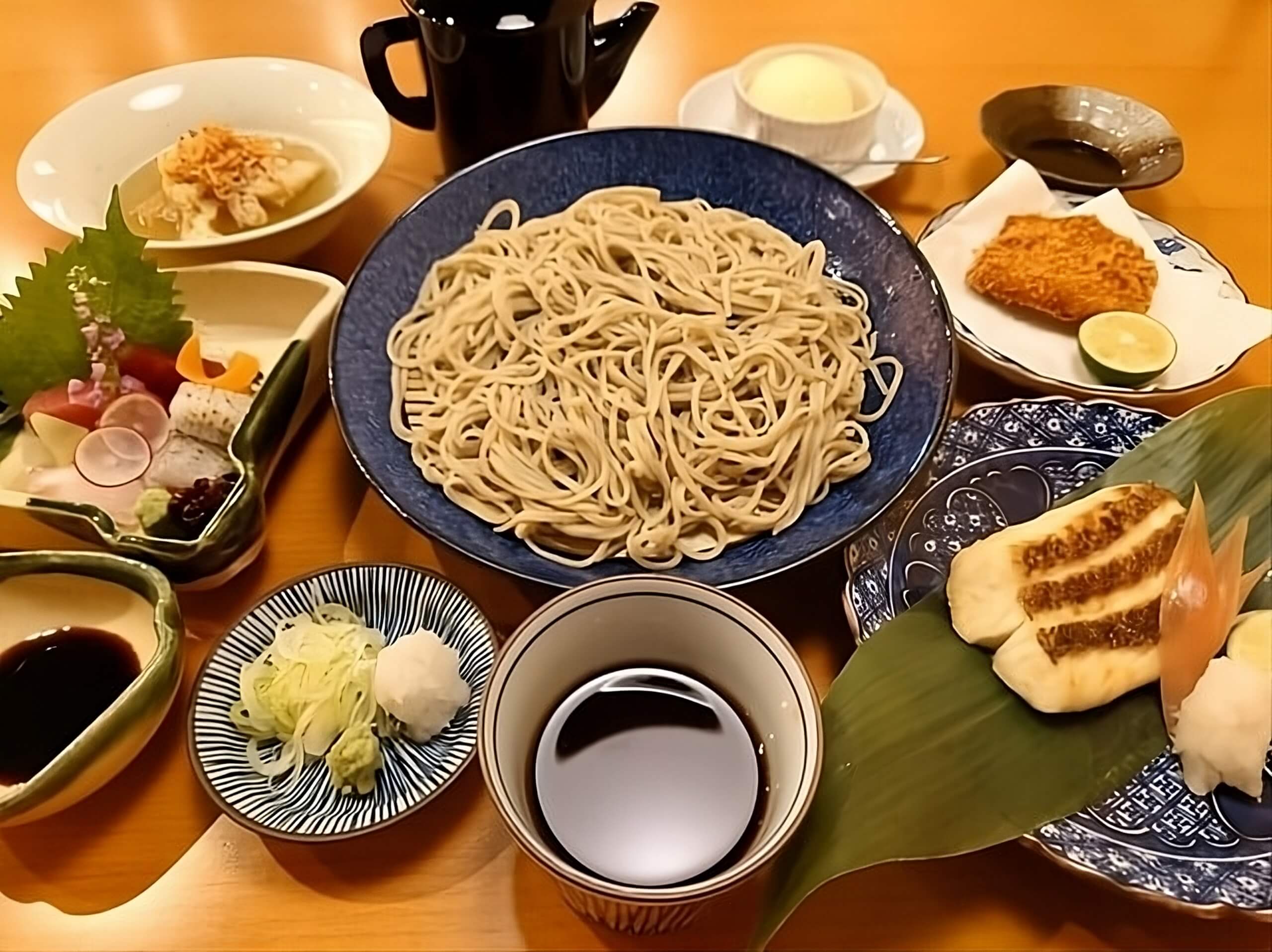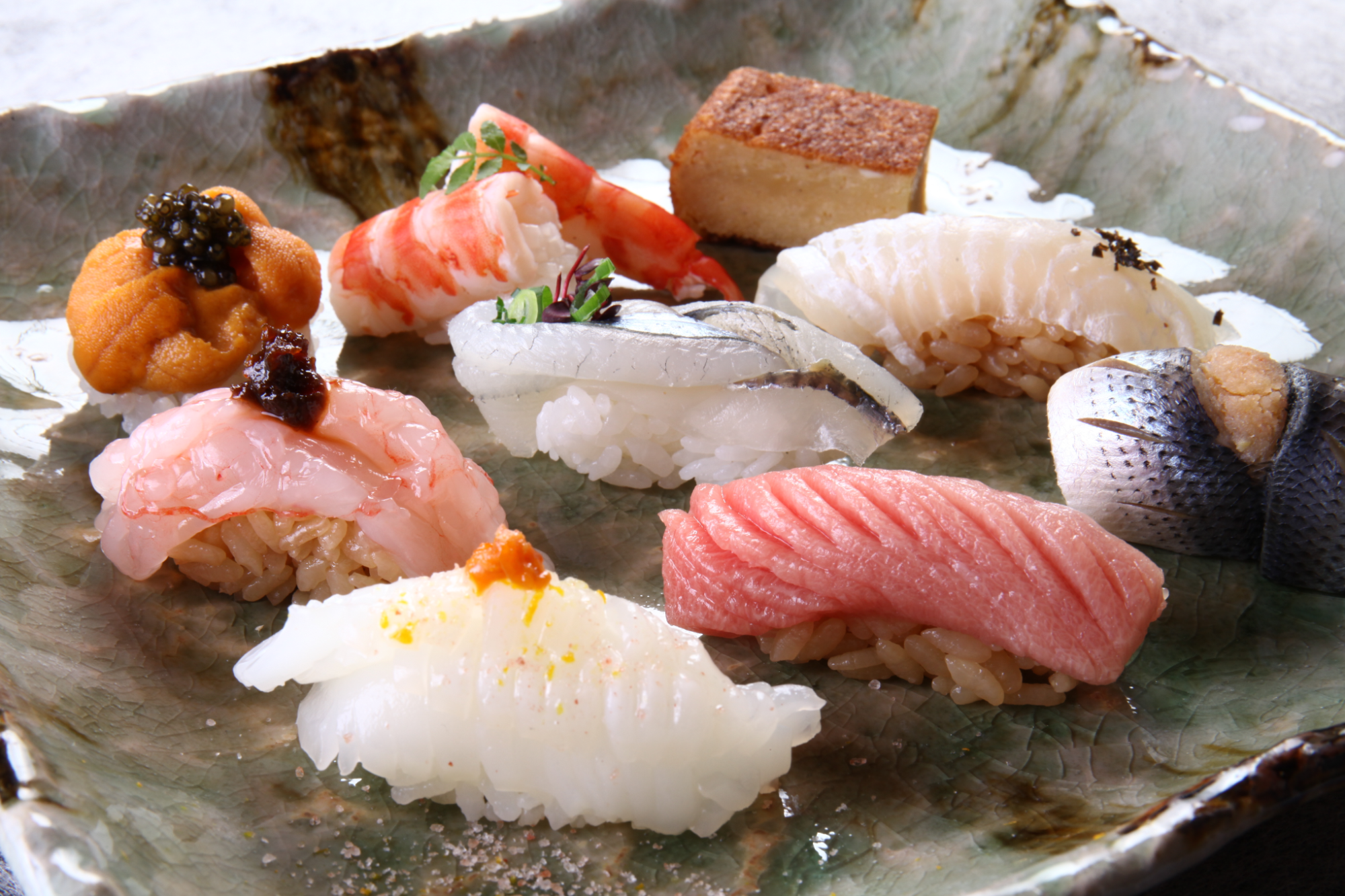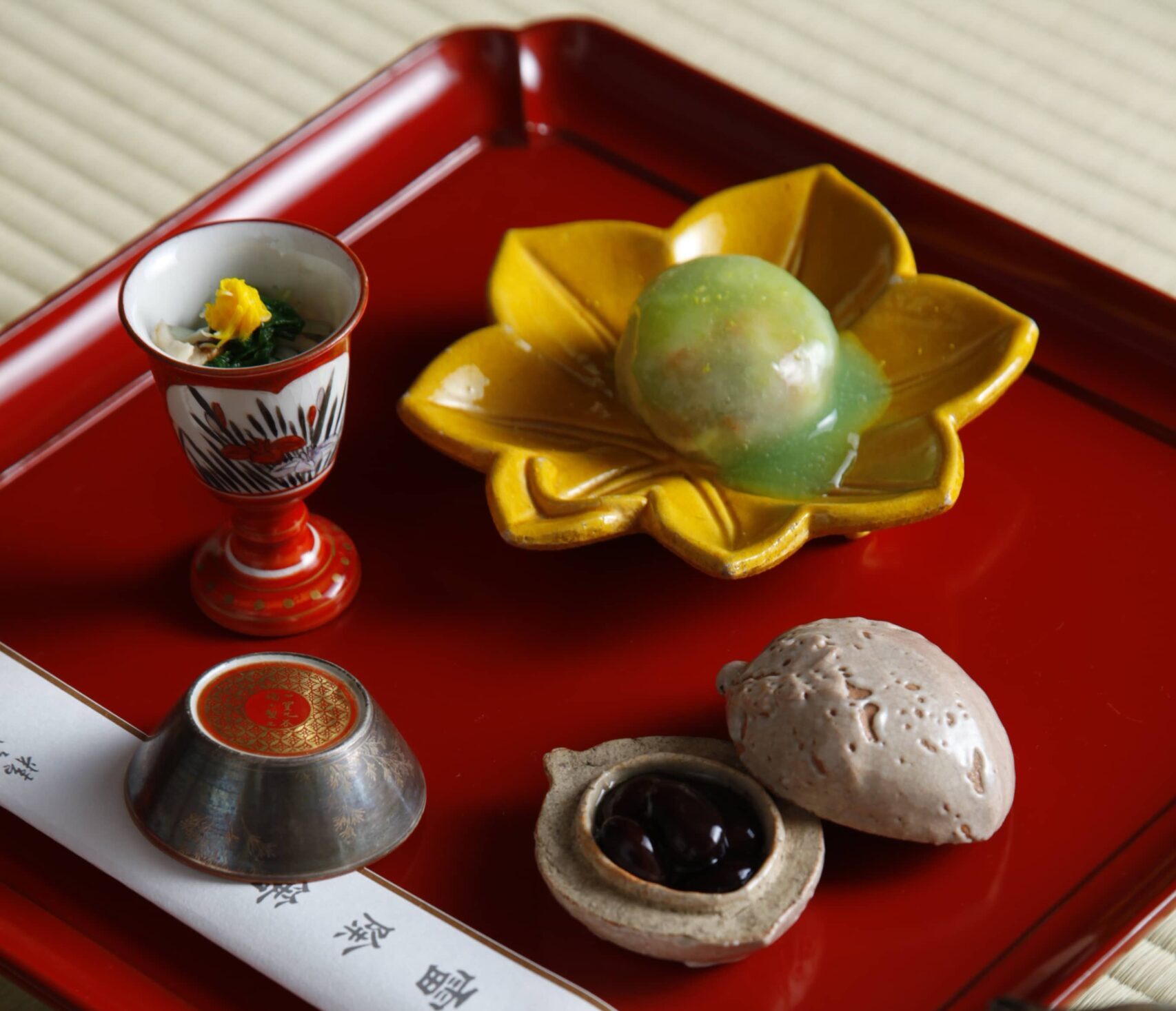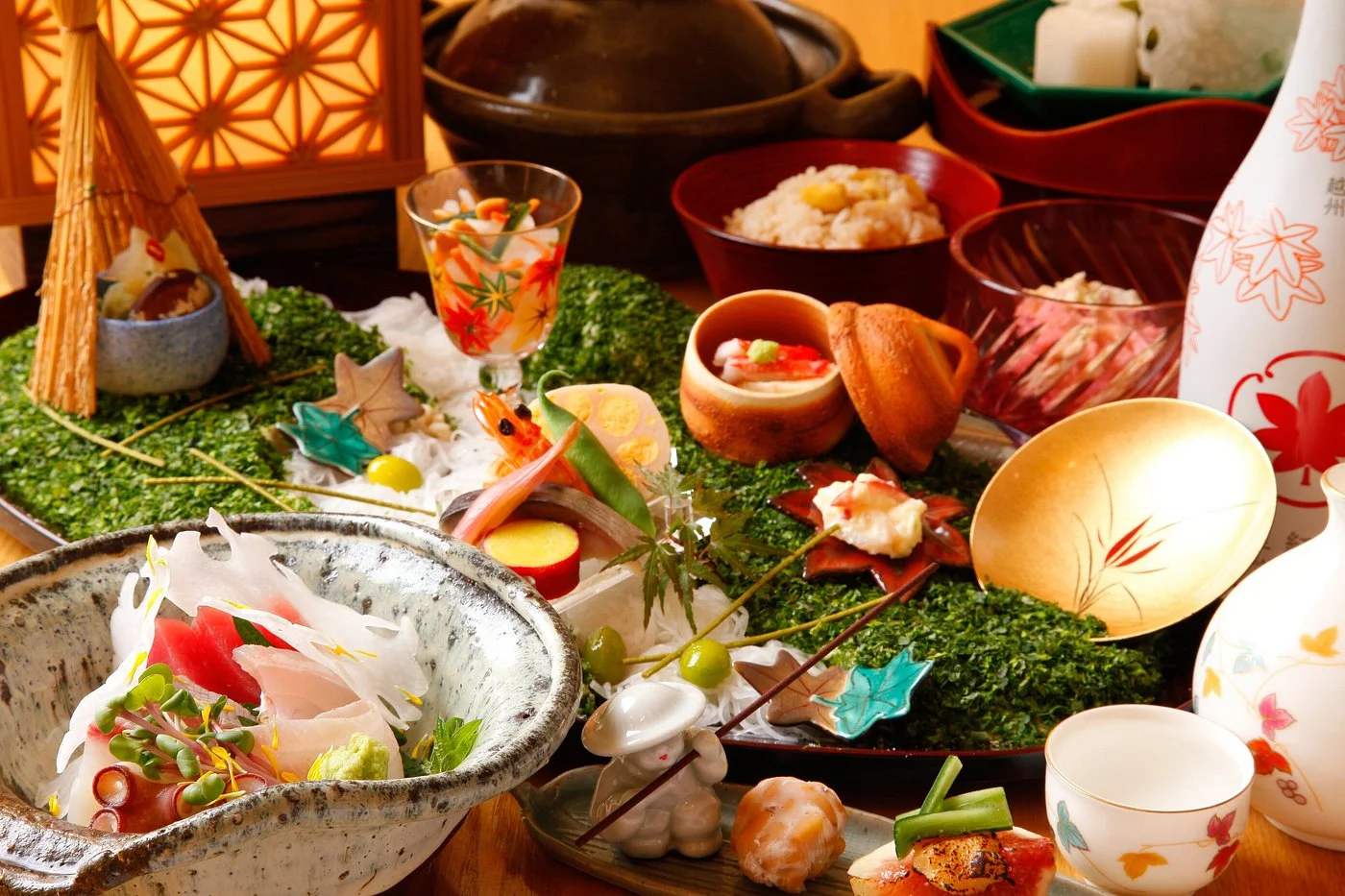Planning to visit Japan? There are so many exciting places to explore, foods to enjoy, and drinks to try — including sake.
Sake, pronounced “sah-keh,” is a traditional Japanese alcoholic beverage celebrated as much more than just a drink. It all started with rice fermentation introduced from China around 2,000 years ago, which was refined in Japan over centuries into what we know as sake today.
Today, sake, also known as Japanese rice wine, is an integral part of Japanese culture, ceremonies, and customs. Sacred sake barrels are offered at Shinto shrines, while drinking sake at Japanese weddings and New Year celebrations represents a joyful custom symbolizing new beginnings.
With so many ways to experience sake, we’ll share the traditions, customs, and tips in this ultimate guide on how to drink sake like a Japanese local! Learn the best ways to enjoy sake as introduced by our MACHIYA INNS & HOTELS local staff. We’ll cover:
By the end, you’ll know what Japanese sake is, the flavor profiles, how to enjoy it to the fullest, and where to find authentic experiences.

Sake is an alcoholic drink made from just four core ingredients: rice, water, yeast, and koji (a unique type of rice mold essential to the fermentation process).
What makes Japanese rice wine, or sake, even more fascinating is how the taste varies depending on where it’s brewed and the production process. For example, Kyoto’s Fushimi area, blessed with soft spring water that contains fewer minerals, produces sake that is smooth and slightly sweet. This style is traditionally called onna-zake.
In contrast, the Nada region near Kobe, known for its hard, mineral-rich water, is famous for a crisp, drier style flavor profile, referred to as otoko-zake. These classic terms describe sake flavor profiles rather than who drinks them, but they remain a popular way of expressing regional differences in Japanese sake.
Brewing sake is a complex and time-consuming process that demands training and expertise to get right. Brewers typically brew sake over one to two months, but it takes around six months or more to mature before sellers receive it.
Rice polishing is a key part of the process, as it removes the bran and husk. The more the rice is polished during the production process, the higher the sake’s quality is perceived to be. This is because removing the outer layers of the rice grains leaves a cleaner, high-quality sake with a more refined flavor.
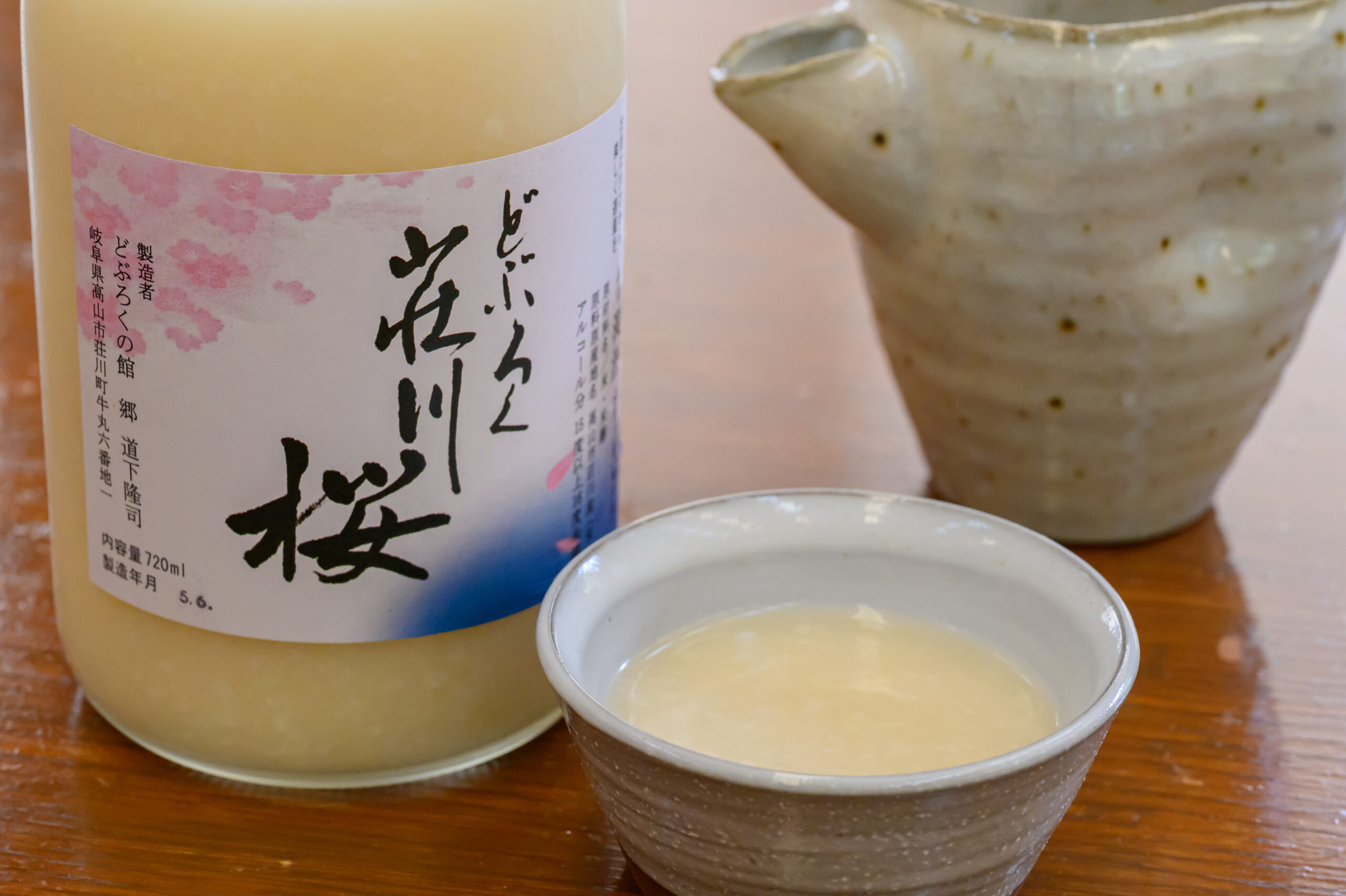
Each cup of sake tastes different based on its rice-polishing ratio and the presence of added brewer’s alcohol. Here are some of the different grades and types of sake available in Japan:
Local tip: We recommend that beginners start with Junmai Ginjo or Junmai Daiginjo. These types of sake have a low rice-polishing ratio, a clean taste, and no added brewing alcohol.
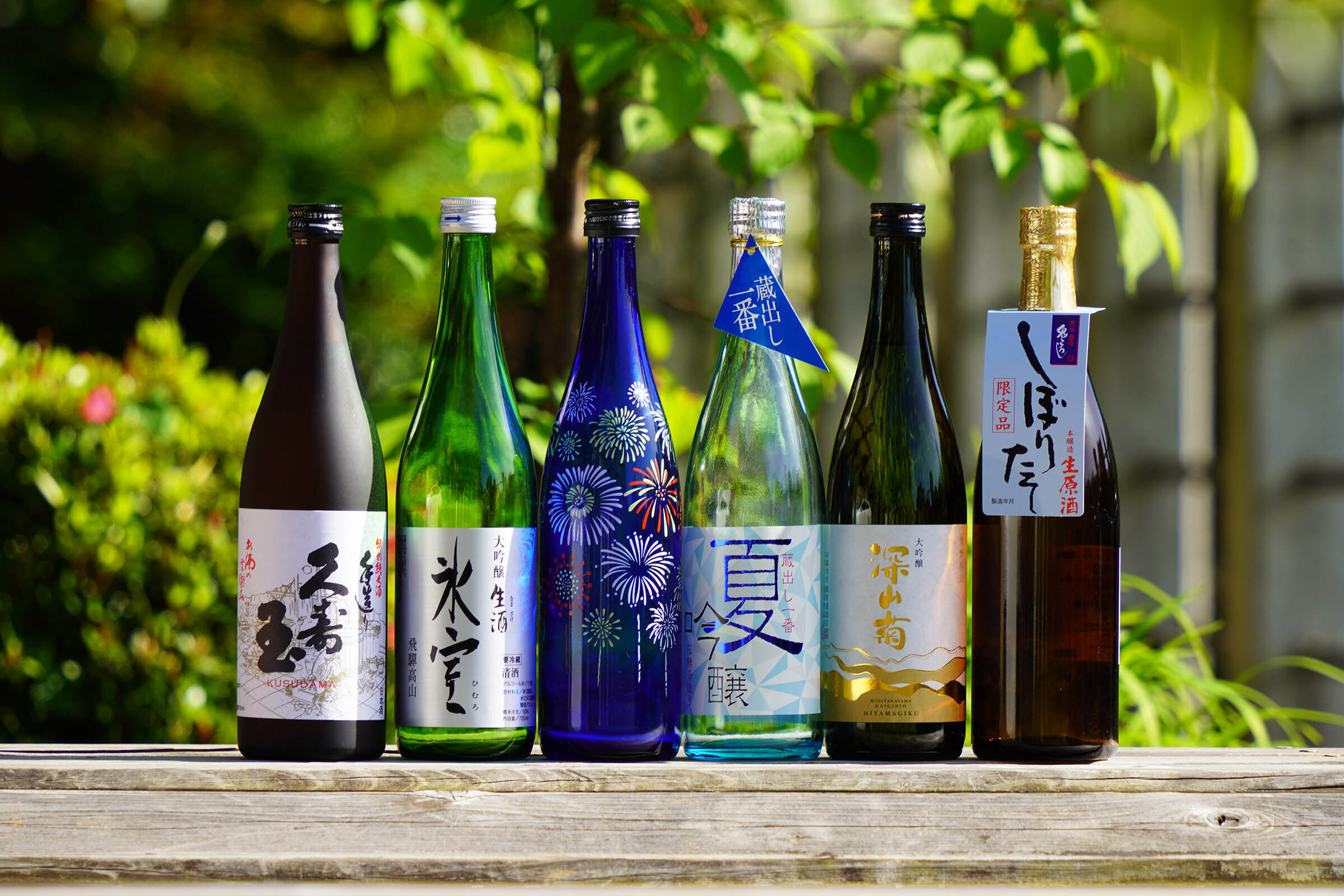
Once you know what to order, the next step is to learn local customs. This often starts with a common question: Is sake better served hot or cold?
The serving temperature depends on the occasion and your personal preference! But the taste and texture of sake can change drastically depending on how someone serves it.
Local tip: If you’re new to sake, start simple. A Junmai Ginjo is often the easiest first sip served chilled. Light, slightly fruity, and smooth enough for even beginners to enjoy without feeling overwhelmed.
Like other alcoholic beverages, most types of sake can be mixed with different drinks. For example:
Diluted sake — For a simple, easy drink, just mix 80% sake with 20% water.
Hoppy sake (ホッピー割り) — A classic drink from Tokyo izakayas. It mixes sake with Hoppy, a beer-flavored soda that creates a light, crisp, and unique local beverage.
Shōchū-sake mix (焼酎割り) — A traditional mix of sake and shōchū (a Japanese distilled spirit), offering a stronger, warming flavor beloved in colder regions of Japan.
One of the key points of knowing how to drink sake is pairing it with food. You can enjoy sake served with traditional Japanese dishes and Western meals — experiment to find combinations that work for you.
The joy of sake is also discovering how it complements regional foods across Japan. In Kyoto, smooth Fushimi sake pairs well with delicate kaiseki dishes like tofu and seasonal vegetables. In Takayama, Gifu, locally brewed sake is enjoyed with the famous Hida beef—whether in Hida beef curry or crispy Hida beef croquettes. In Hokkaido, crisp, dry sake complements fresh seafood such as scallops, crab, and sashimi.

Learning how to drink sake like Japanese locals is important to enjoy the traditional experience and show good manners. Sake is usually served with a carafe (“tokkuri”) and a set of small cups (“ochoko”).
Here are four essential points to remember:
Let others at your table refill your cup for you. Doing it yourself may be considered rude in group settings.
Never drink your sake as you might with beer. To be polite, sip sake slowly and gently instead.
Take a small sip of sake whenever you receive it. It may be considered disrespectful if you put the cup down immediately.
You may not refill your own cup, but always pour for your fellow drinkers when their sake runs out. This is a sign of respect and friendship in Japanese culture.
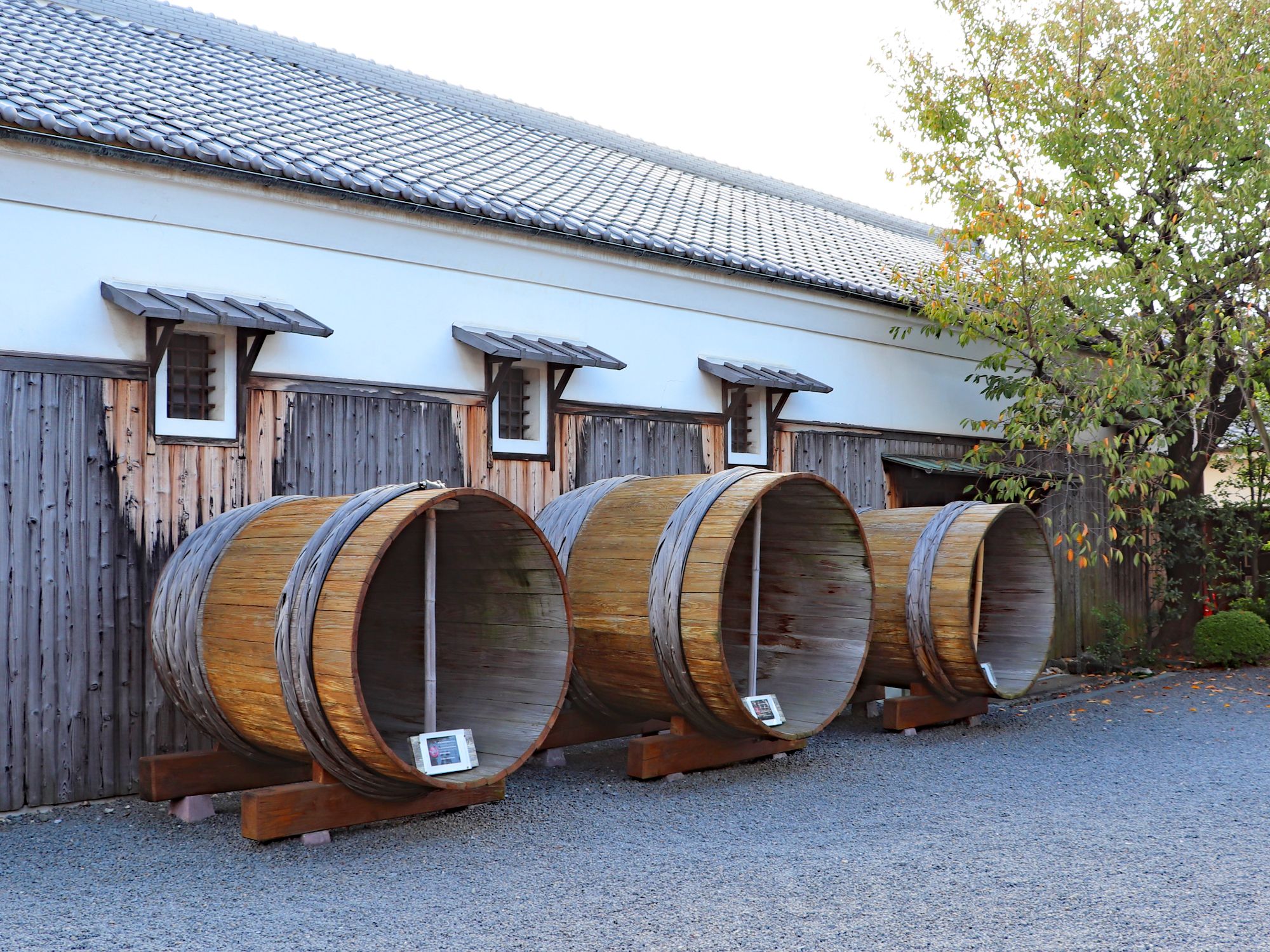
Regions across Japan each offer their own distinctive style of sake. For a true sake experience, check out this article for a full list on “Where to Find the Best Sake in Japan.” A few notable areas where centuries of craftsmanship have shaped Japan’s sake culture include:
– Skip the crowded chain izakayas and head to local kaku-uchi (角打ち) spots, a liquor shop with casual standing bars. Enjoy the vibe of local sake enthusiasts and office workers dropping by before heading home, while sampling a wide variety of Japanese sake in an authentic, laid-back setting.
– Try fruit-infused sake, called kajitsu-shu (果実酒), in Japan. A must-try for their sweet-tangy flavors and low alcohol content. Locals love classics like umeshu (Japanese plum sake) or refreshing yuzu sake, made from the fragrant citrus fruit.
– When planning your trip to Japan, check for upcoming sake tastings and festivals in places you intend to visit. In Hida Takayama, you can enjoy the spring and autumn Takayama Festival and join the Nombe Sake Festival for local sake tastings. In Kyoto, the Fushimi Sake Festival is another great event to discover the rich flavors of Japanese rice wine.
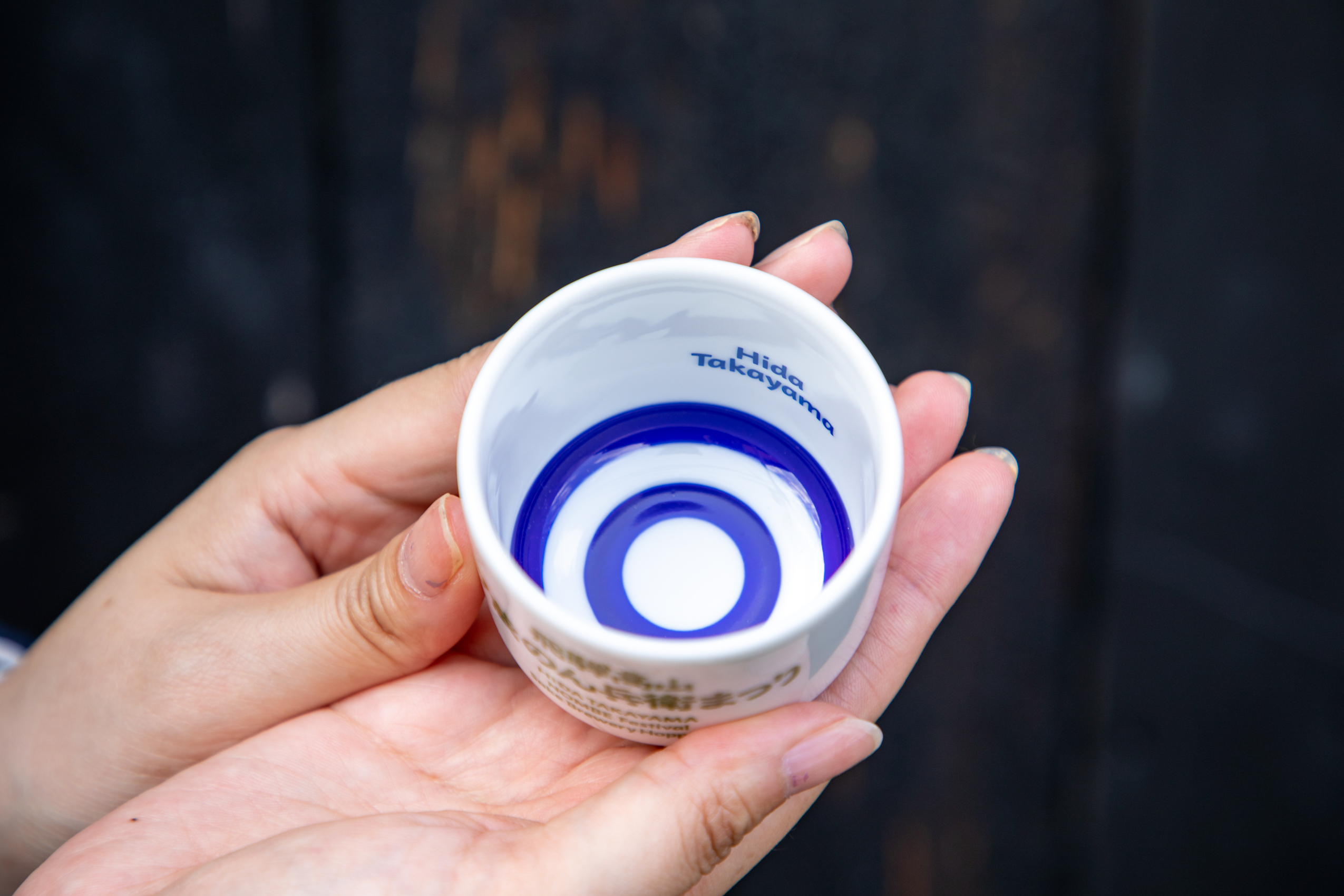
For many travelers, no trip to Japan feels complete without trying sake, which can also make a unique gift of traditional sake sets to take back home. While it may not be for everyone, sake offers a memorable way to experience Japanese culture and taste one of the country’s most distinctive drinks. The key is to explore different styles before you buy sake and enjoy each cup at your own pace.
We hope this guide helps make your sake journey in Japan even more enjoyable. Remember to drink responsibly (Japan’s legal drinking age is 20) and raise a glass with a cheerful kampai (cheers)!
Make your trip a truly local experience, and go where the locals go. If you're wondering where the locals go to eat when hanging out with family, celebrating with friends, stopping by for an after work drink... look no further.
Machiya Locals Website